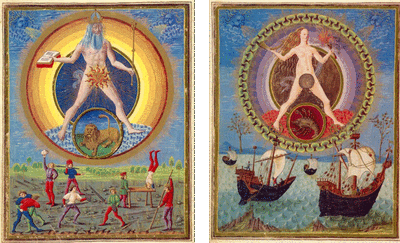


The gowns and bodices, for instance, occasionally had substitutable front pieces or busks the variations allowed for more looks and wardrobe possibilities. The nature of the garments is that they were lavish, decorative, and sometimes even interchangeable. Additionally, these noblewomen would have carried a variety of accessories like jewelry, miniatures, pomanders, belts, purses, or pouches. The clothing was designed to project an image of wealth and sophistication, and even the basic underskirt would have been made with more expensive fabric in the visible parts. When she ventured outside, she would probably wear 2 skirts in addition to keeping her warm, wearing multiple skirts could ensure that they wouldn’t be stolen.Ī noblewoman, by contrast, would likely have smallclothes, a hoop or farthingale, a chemise, a corset, a bum roll, an underskirt, an overskirt or gown, a snood, or a hat or a hood. A peasant woman might have a bodice, multiple blouses, 3-4 skirts, smallclothes (underthings) and a cap. The types of fabric used and even the amount of clothing were indicative of class and wealth. A peasant woman, in contrast, would only have worn a plain boned bodice, forgoing a corset completely.ĭuring the Renaissance, clothing choices were often a clear mark of social strata. Corsets, for instance, were almost always worn by women in the aristocracy, but a merchant’s wife might only wear a heavily boned bodice that allowed her to move more freely. The day-to-day clothing of Renaissance men and women were dictated by socioeconomic status the lower in class a person was, the less likely he was to wear a “costume”. Then, as today, those in the Renaissance that set the style of costume were those at the top of the social scale, and those styles, to some extent, filtered down to the ordinary people like shopkeepers, merchants and even to a lesser extent, peasants. When they were not 'in the spotlight', the people of the Renaissance wore clothing that was just as comfortable as jeans and a t-shirt are to modern folk.

Would you wear an evening gown or tuxedo every day? Of course not. The restrictive and uncomfortable clothing of our imaginations, then, likely were only used as formal costumes for the nobility. After all, artists and historians don’t typically go into great detail when describing the lives and particulars of the lower classes. Most of the examples of this type of clothing come from paintings and the descriptions of writers, but those sources aren’t necessarily comprehensive. In the same way, Renaissance men and women wore their most visually striking outfits when the need arose. A modern wedding, for example, causes attendees to wear clothing that they don’t wear on a daily basis. The purpose of Renaissance formalwear was much the same as today: to celebrate a special occasion or dress appropriately for an official function. Style was a function of status, so both men and women chose attire that stood out, particularly for formal affairs. The standard image most people conjure when imagining Renaissance costume is clothing worn by the upper class. In fact, the purpose of clothing in Renaissance times was to make a statement or establish one’s social status. The various European cultures were very fashion-conscious, so the costume and attire were appropriately stylized and remarkable. The clothing of the Renaissance era was often distinctive and elaborate. Our Most Popular Complete Renaissance Costumes: Our goal remains clear: to offer quality goods at the best price possible price. Renaissance Costumes - Medieval Clothing - Madrigal Costumes Welcome to The Tudor Shoppe - Your Premier Source for Renaissance Clothing!įounded in 2001, The Tudor Shoppe provides reproduction Tudor Era (1485-1603) Renaissance and medieval clothing and Elizabethan costumes to individuals, stage productions, television shows, museums, historic sites, educational institutions, and re-enactment societies. Please Note At This Time Only 1 Item at a Time in Shopping Basket is Permitted! Stage, Reenactment, and Renaissance Faire Costumes! Renaissance Costumes, Medieval Clothing, Madrigal Costumes by The Tudor ShoppeĪ company of Sofis Stitches by GMACK DESIGNS LLC


 0 kommentar(er)
0 kommentar(er)
